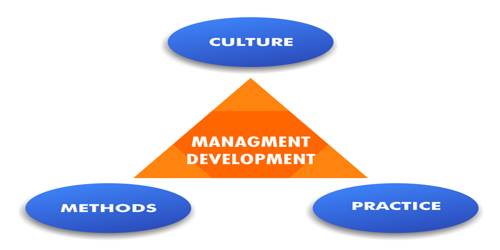Business Continuity Planning (BCP or business continuity and resiliency planning) is the process involved in creating a system of prevention and recovery from potential threats to a company. The plan ensures that personnel and assets are protected and are able to function quickly in the event of a disaster. The BCP is generally conceived in advance and involves input from key stakeholders and personnel.
Business continuity is an organization’s ability to maintain essential functions during and after a disaster has occurred. Business continuity planning establishes risk management processes and procedures that aim to prevent interruptions to mission-critical services and re-establish full function to the organization as quickly and smoothly as possible.
An organization’s resistance to failure is “the ability to withstand changes in its environment and still function”. Often called resilience, it is a capability that enables organizations to either endure environmental changes without having to permanently adapt, or the organization is forced to adopt a new way of working that better suits the new environmental conditions.
Plans typically contain a checklist that includes supplies and equipment, data backups, and backup site locations. Plans can also identify plan administrators and include contact information for emergency responders, key personnel, and backup site providers. Plans may provide detailed strategies on how business operations can be maintained for both short-term and long-term outages.
BCP involves defining any and all risks that can affect the company’s operations, making it an important part of the organization’s risk management strategy. Risks may include natural disasters fire, flood, or weather-related events and cyber-attacks. Once the risks are identified, the plan should also include:
- Determining how those risks will affect operations
- Implementing safeguards and procedures to mitigate the risks
- Testing procedures to ensure they work
- Reviewing the process to make sure that it is up to date
BCPs are an important part of any business. Threats and disruptions mean a loss of revenue and higher costs, which leads to a drop in profitability. And businesses can’t rely on insurance alone because it doesn’t cover all the costs and the customers who move to the competition.
There are three primary aspects to a business continuity plan for key applications and processes:
- High availability: Provide for the capability and processes so that a business has access to applications regardless of local failures. These failures might be in the business processes, in the physical facilities or in the IT hardware or software.
- Continuous operations: Safeguard the ability to keep things running during a disruption, as well as during planned outages such as scheduled backups or planned maintenance.
- Disaster recovery: Establish a way to recover a data center at a different site if a disaster destroys the primary site or otherwise renders it inoperable.
Any event that could negatively impact operations should be included in the plan, such as supply chain interruption, loss of or damage to critical infrastructure (major machinery or computing /network resource). As such, BCP is a subset of risk management. In the US, government entities refer to the process as continuity of operations planning (COOP). A Business Continuity Plan outlines a range of disaster scenarios and the steps the business will take in any particular scenario to return to regular trade. BCP’s are written ahead of time and can also include precautions to be put in place. Usually created with the input of key staff as well as stakeholders, a BCP is a set of contingencies to minimize potential harm to businesses during adverse scenarios.
There are several steps many companies must follow to develop a solid BCP. They include:
- Business Impact Analysis: Here, the business will identify functions and related resources that are time-sensitive.
- Recovery: In this portion, the business must identify and implement steps to recover critical business functions.
- Organization: A continuity team must be created. This team will devise a plan to manage the disruption.
- Training: The continuity team must be trained and tested. Members of the team should also complete exercises that go over the plan and strategies.
Companies may also find it useful to come up with a checklist that includes key details such as emergency contact information, a list of resources the continuity team may need, where backup data and other required information are housed or stored, and other important personnel.
Along with testing the continuity team, the company should also test the BCP itself. It should be tested several times to ensure it can be applied to many different risk scenarios. This will help identify any weaknesses in the plan which can then be identified and corrected.
Information Sources:
















